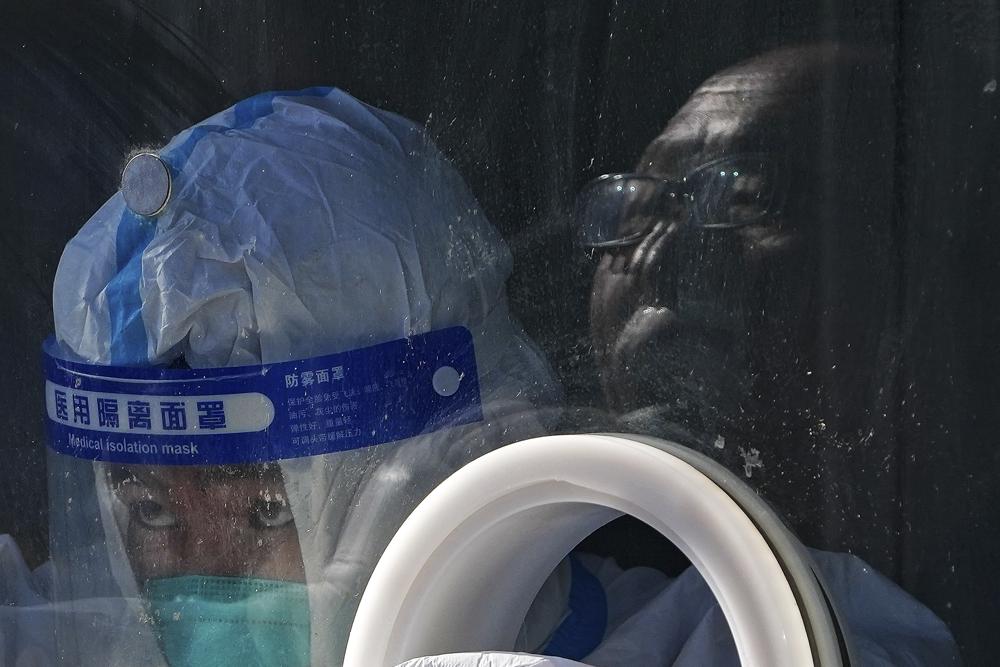
A descendant of the omicron variant has been detected in at least 40 nations, including the United States, and scientists and health officials throughout the world are keeping an eye on it. Because of some genetic features that make it considerably difficult to detect, this strain of the coronavirus, known as BA.2, is commonly considered stealthier than the original type of omicron. Some scientists are concerned that it may be more contagious.
However, they claim that there is still a lot they don’t know about it, such as whether it is more resistant to immunizations or causes more severe sickness.
Since the middle of November, nearly 15,000 genetic sequences of BA.2 have been uploaded to GISAID, a global platform for sharing coronavirus data. 96 of the sequencing cases came from the United States as of Tuesday morning.
“We haven’t seen it start to gain ground yet” in the United States, according to Dr. Wesley Long, a pathologist at Houston Methodist Hospital in Texas, which has found three instances of BA.2.
In Asia and Europe, the mutant appears to be much more common. According to Statens Serum Institut, which is part of the Danish Ministry of Health, it accounted for 45 percent of all COVID-19 cases in Denmark in mid-January, up from 20 percent two weeks earlier.
There are several mutations in BA.2. About 20 of these are shared with the original omicron in the spike protein that studs the exterior of the virus. However, it features additional genetic alterations that were not present in the original version.
According to Dr. Jeremy Luban, a virologist at the University of Massachusetts Medical School, “it’s unclear how significant those mutations are, especially in a population that has encountered the original omicron.”
For the time being, the original BA.1 and BA.2 versions are considered subsets of omicron. The rapid expansion of BA.2 in some areas raises fears that it will spread farther.
“We have some signs that it may be as contagious as omicron, if not somewhat more contagious, because it can compete with it in some regions,” Long said. “However, we aren’t certain why that is,” he added.
According to a preliminary investigation conducted by Danish experts, there are no variations in hospitalizations for BA.2 when compared to the original omicron. Scientists are still investigating how infectious this version is and how effective current vaccines are against it. It’s also unknown how effective medicines will be.
Doctors are also unsure if someone who has once been afflicted by COVID-19 induced by omicron can be sickened again by BA.2. They are hopeful because a prior omicron infection may reduce the severity of sickness if someone acquires BA.2.
According to Dr. Daniel Kuritzkes, an infectious diseases expert at Brigham and Women’s Hospital, the two versions of omicron have enough in common that infection with the original mutant “will provide you cross-protection against BA.2.”
Scientists will test antibodies from an infection with the original omicron to see if they can “neutralise BA.2 in the laboratory and extrapolate from there,” he said.
The World Health Organization classified omicron as a variation of concern, the most dangerous coronavirus mutant classification, but it does not give BA.2 its own classification. However, the organisation argues that inquiries into BA.2 “should be priority” because of its rise in several nations.
Meanwhile, the UK Health Security Agency has designated BA.2 as a “variant under investigation,” noting increased numbers in the United Kingdom and around the world. In the United Kingdom, however, the original version of omicron still reigns supreme.
Because of what’s known as “S gene target failure,” the original version of omicron had certain genetic traits that allowed health officials to quickly distinguish it from delta using a specific PCR test. This genetic anomaly does not exist in BA.2. So, according to Long, BA.2 looks like delta on the test.
He explained, “It’s not that the test doesn’t detect it; it just doesn’t look like omicron.” “Don’t think ‘stealth omicron’ means we won’t be able to identify it.” All of our PCR tests are still capable of detecting it,” he added.
Doctors recommend the same precautions that they’ve always recommended: be vaccinated and follow public health advice about wearing masks, avoiding crowds, and staying at home when unwell.
“Vaccines continue to provide effective protection against serious disease, hospitalisation, and mortality,” Long added. “Even if you’ve already had COVID 19 — a natural infection — the vaccine’s protection is still better, longer lasting, and actually… does well for folks who have already been affected.”
The current edition serves as just another warning that the pandemic is far from over.
“We all wish it was over,” Long said, “but we’re going to be at danger of new strains emerging until we get the whole globe vaccinated.”

Post Your Comments